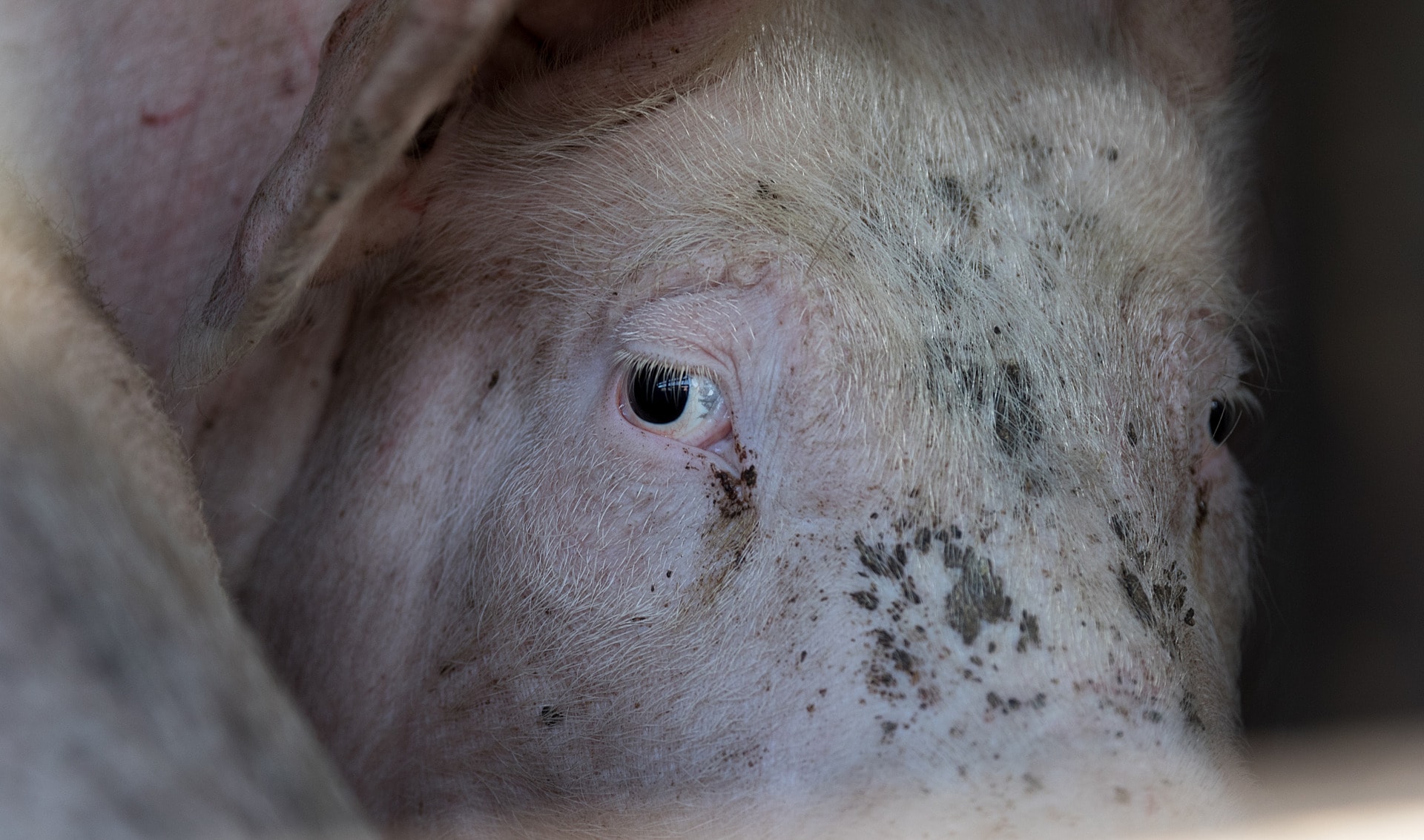What science knows and has long told us is the interconnection of humans, animals, and the environment, which is essentially the One Health approach. As Rudolf Virchow, the father of comparative pathology who coined the term “zoonosis” put it:
“Between animal and human medicine there are no dividing lines–nor should there be. The object is different, but the experience obtained constitutes the basis of all medicine.”
While Virchow’s vision of “One Medicine” failed to be appreciated during his lifetime, the Covid pandemic has renewed interest in the establishment of policies and the development and implementation of programs, and tools, for surveillance, early warning, prevention, and operational measures that meld human, animal, and environmental health for the benefit of all. Better now than never.
But why did Virchow’s virtuous vision of One Medicine / One Health not take hold sooner?
This is particularly curious since it is widely accepted that most of the gains in life expectancy over the past two centuries have resulted not from the practice of medicine, but rather from investments in public health measures including improved sanitation and food safety, cleaner environments including air and water, and vaccines against infectious disease.
In other words, improved environments and preventative measures as a whole.
Yet, during the past century and more, Virchow’s ‘One Medicine’ vision has been largely ignored and not prioritized in the context of public health.
Given the considerable attention and coordinated efforts towards pandemic prevention, preparedness, and response, “prevention” appears neither favored nor supported with sufficient research, resources and resolve.
Why is this so?
This question is important to answer because, for many, compared with preparedness and response, not prioritizing prevention seems misguided since it is likely the least costly to finance and offers the greatest benefit.
Reasons for this disconnect might be, for example, the fact that decision-makers are often focused on the immediate or at best medium term, and the constituencies rarely, if ever, press them to support something that hasn’t happened or may never happen – until it does.
One need only consider the covid pandemic and its continuing impact on the global economy, countries and individuals to imagine what the world might look like if a bat virus had not invaded the human population of Wuhan. In a way, it is the perfect poster story for “counterfactual” thinking.
Another dimension to consider is that relative to investments and visibility, human health, by far, stands the highest, followed by animal health and then environmental health which is a distant third.
Perhaps this is due to the fact that human and animal health have much greater capacities to garner attention and it is easier for those engaged in these domains to communicate their specific concerns to decision-makers.
Furthermore, as a society, we exploit the environment to our long-term cost, but short-term gain for some powerful vested interests in the private and public sectors, and this makes environmental health harder to deliver.
In the past two years, One Health-based surveillance and control approaches have increasingly been considered in resolutions and multilateral working group meetings in many parts of the world.
For instance, the G20 will hold a Summit in November 2022. It is currently chaired by Indonesia and the next presidency will be assumed by India in December 2022. Both countries are showing leadership in working to improve integrated One Health framed, integrated surveillance and control systems.
The United Nations General Assembly will be holding a special high-level session on pandemic prevention, preparedness and response and global health in 2023 with indications that it will include One Health. “Good health and well-being” is one among the seventeen Sustainable Development Goals (Goal 3), linked to all other SDGs.
Another important global venue is the World Health Summit which this year was held in Berlin in October and included sessions on preventing the next pandemic and One Health in action.
Might it be that the time and opportunity for realizing Virchow’s vision of One Medicine and One Health has finally come? Or will these efforts once again dissipate similar to the many attempts that have come before?
To address these questions, experts recently made a focused and granular effort to analyze the impact and usefulness of coordinated infectious disease surveillance and control operations across humans, animals, and the environment, and the sustainability of such approaches.
Multidisciplinary experts met for three days in early October in Annecy, France to debate, shape, and seek consensus on principles and potential roadmaps for the implementation of One Health disease surveillance and control in various settings.

The underlying premise of the gathering was that there is a need to identify suitable strategies to establish coordinated infectious disease surveillance and control programs based on principles that incorporate deeper understandings of the underlying systems and value propositions (alignments of incentives and disincentives) in a manner that will ensure resilience and long-term sustainability.
The results of this intensive workshop will be forthcoming and worth watching for.
With respect to pandemic resources, a new financial intermediary fund (FIF) for pandemic prevention, preparedness, and response (PPR) held its inaugural meeting in September 2022 and had over $1.4 billion in announced financial commitments with more expected in the coming months.
This represents a unique opportunity to include efforts for coordinated One Health approaches for disease surveillance and control, and an important step forward in understanding longer-term value, based on more in-depth, robust, analyses of rates of return on health investments.
The FIF calls for designing its programs to have robust requirements for performance measurements, monitoring and program evaluation that will not only help assess impacts but also promote sustainability after external funding is no longer in place.
This is important since, to enable sustained impact and coordinated One Health-focused investments in disease surveillance and control, it is necessary to understand and align the interests of those who benefit with those who pay in an equitable and transparent manner.
This understanding is key to systemically ‘incentivizing’ the sustained actions required for effective and efficient implementation of One Health disease surveillance and control programs.
No one wants another pandemic. And it might well be a truism that “an ounce of pandemic prevention is worth billions spent on either preparedness or response.”
But understanding and effectively communicating the ‘local’ value proposition of One Health to relevant stakeholders in the context of improving lives and livelihoods is perhaps what it will take to embed this thinking within human, animal and environmental health systems to sustain them such that Virchow’s vision of “One Medicine” for all is finally realized.
In many ways, One Health-based investment for pandemic avoidance and infectious disease control exemplifies the concept of “enlightened self-interest” – the condition when individuals (or groups) who act to further the interests of others (or other groups than to which they belong), ultimately serve their own interests.
However, what is needed to enable rational actors to realize self-interest is a deeper understanding, empirical demonstration, and effective communication of individual stakeholder value-propositions associated with One Health coordinated programs of disease surveillance and control. Failing that, another two centuries hence, our descendants will still be wondering why more people have not “got it” about Virchow’s vision or bought into the concept of One Health ….
Editor’s Note: To see the bios of all the authors click on the first bio below and the others will open up.
The opinions expressed here by Impakter.com columnists are their own, not those of Impakter.com –In the Featured Photo: On 21 September 2022 a woman smiles as she finally gets her turn for her family goats to drink water at Hula Hula Springs in Marsabit County, Kenya. Source: © WHO / Billy Miaron to illustrate news of the launch of the Quadripartite One Health Joint Plan of Action (WHO, FAO, UNEP, WOAH founded as OIE)














